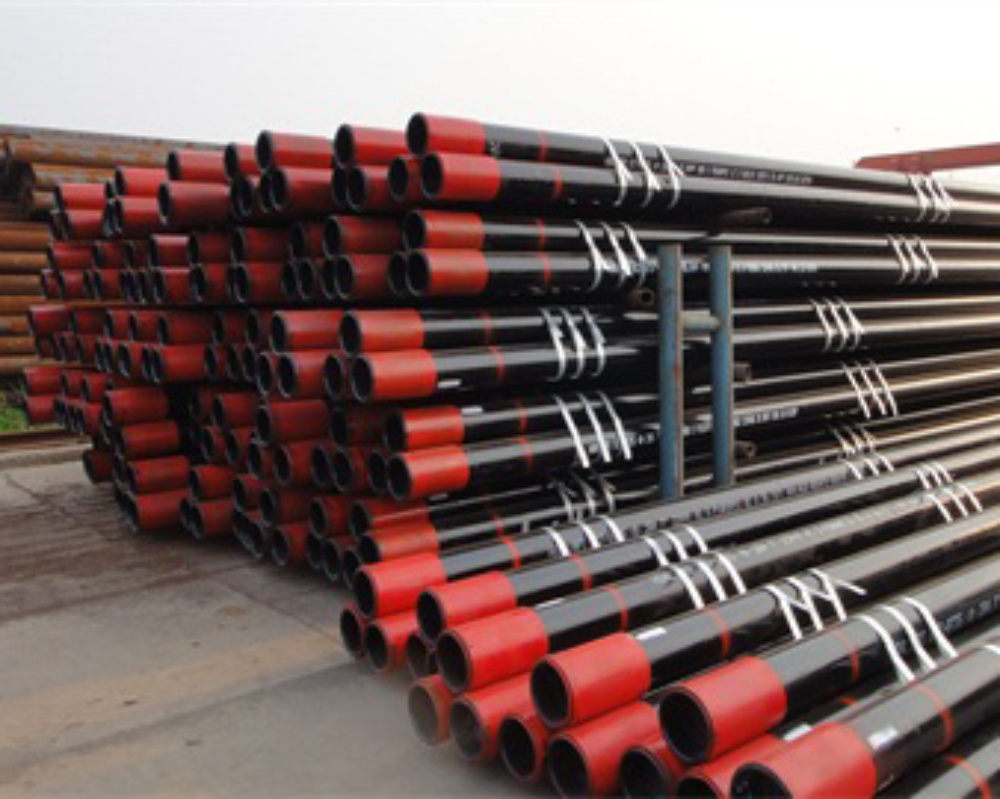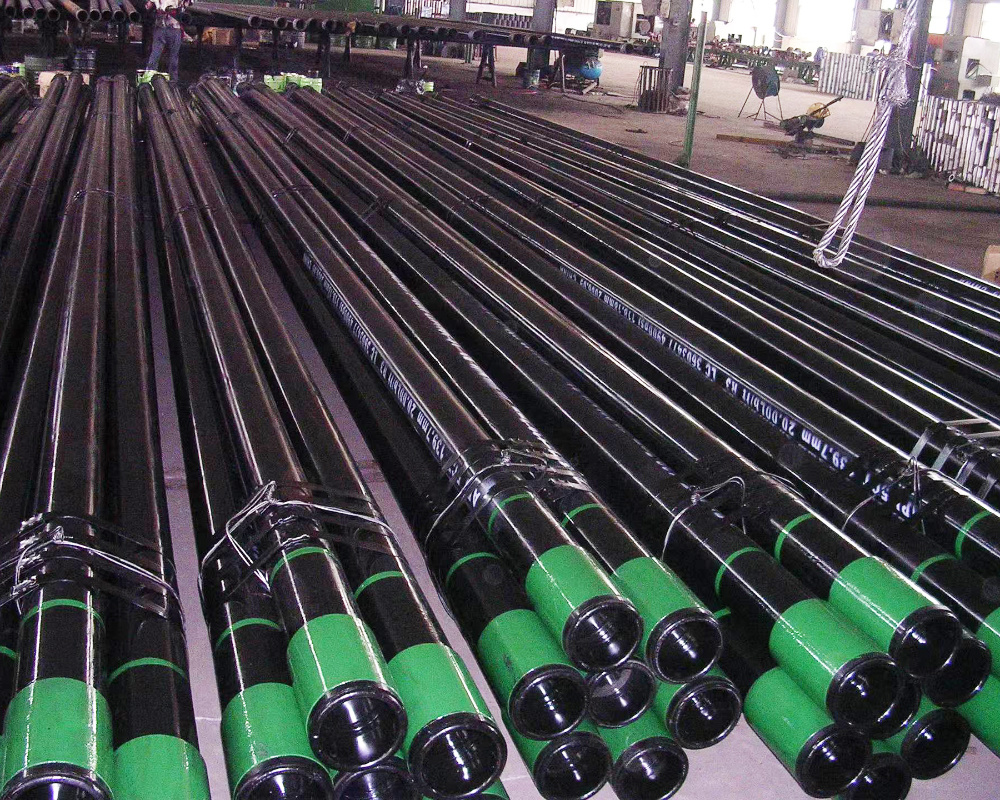Designing with Seamless Tubes: Expert Tips for Architects and Builders
Designing with Seamless Tubes: Expert Tips for Architects and Builders
Table of Contents
1. Introduction to Seamless Tubes in Construction
2. Advantages of Using Seamless Tubes
3. Key Design Considerations for Seamless Tubes
3.1 Strength-to-Weight Ratio
3.2 Aesthetic Flexibility
3.3 Environmental Impact
4. Applications of Seaml
Designing with Seamless Tubes: Expert Tips for Architects and Builders
Table of Contents
- 1. Introduction to Seamless Tubes in Construction
- 2. Advantages of Using Seamless Tubes
- 3. Key Design Considerations for Seamless Tubes
- 4. Applications of Seamless Tubes in Architecture
- 5. Installation Tips for Seamless Tubes
- 6. Maintenance of Seamless Tubes
- 7. Case Studies: Successful Projects Using Seamless Tubes
- 8. Frequently Asked Questions
- 9. Conclusion: The Future of Seamless Tubes in Design
1. Introduction to Seamless Tubes in Construction
In recent years, seamless tubes have emerged as a popular choice for architects and builders seeking to enhance the performance and aesthetics of their projects. Unlike traditional welded tubes, seamless tubes are manufactured without seams, allowing for a continuous structure that offers superior strength and durability. This article delves into the many facets of designing with seamless tubes, equipping professionals in the construction industry with practical tips and insights.
2. Advantages of Using Seamless Tubes
Seamless tubes present numerous advantages that make them an advantageous choice for various applications in construction:
3.1 Strength-to-Weight Ratio
One of the most compelling benefits of seamless tubes is their exceptional strength-to-weight ratio. This characteristic allows architects to design structures that are both lightweight and robust. Seamless tubes can support significant loads while minimizing the overall mass of the structure, contributing to more efficient designs.
3.2 Aesthetic Flexibility
Seamless tubes offer architects a wealth of aesthetic possibilities. Their sleek and modern appearance can enhance the visual appeal of a project, whether used in structural applications or as decorative elements. Available in a variety of materials, finishes, and sizes, seamless tubes can be tailored to meet specific design requirements.
3.3 Environmental Impact
From an environmental perspective, seamless tubes can be more sustainable compared to their welded counterparts. Their production typically involves less material waste, and they often have a longer lifespan due to their inherent durability. By choosing seamless tubes, architects and builders can contribute to greener building practices.
3. Key Design Considerations for Seamless Tubes
When integrating seamless tubes into architectural designs, there are several critical factors to consider:
Material Selection
Selecting the appropriate material for seamless tubes is essential. Common materials include steel, aluminum, and stainless steel, each offering distinct benefits. The choice of material will impact not only the strength and durability of the tubes but also their suitability for specific environmental conditions.
Design Aesthetics
Seamless tubes can be utilized to create visually striking designs. Whether used as structural supports or decorative features, the versatility of seamless tubes allows architects to experiment with different forms and configurations, leading to innovative and unique architectural expressions.
Compliance and Safety
Architects must ensure that their designs comply with local building codes and regulations. Understanding the properties of seamless tubes, including load-bearing capacities and resistance to environmental factors, is crucial for ensuring structural integrity and safety.
4. Applications of Seamless Tubes in Architecture
Seamless tubes have a wide range of applications in architectural design, categorized into structural and decorative uses.
4.1 Structural Applications
Seamless tubes are often used in structural frameworks, providing essential support for various building types. They are ideal for creating large spans, such as in bridges and open spaces, where traditional beams may not suffice. Their strength and lightweight nature make them a preferred choice for modern architectural designs.
4.2 Decorative Applications
In addition to structural roles, seamless tubes can enhance the aesthetic appeal of buildings. From railings and columns to artistic installations, seamless tubes offer creative possibilities that can elevate the overall design. Architects can leverage their unique shapes and finishes to create standout features within their projects.
5. Installation Tips for Seamless Tubes
Proper installation is critical to maximizing the benefits of seamless tubes. Here are some essential tips to ensure a successful installation:
- **Pre-Installation Planning**: Before installation, conduct thorough planning to determine the precise locations and configurations of the seamless tubes. This step will help streamline the installation process and avoid potential complications.
- **Use of Appropriate Tools**: Ensure that all necessary tools for cutting, welding, and securing seamless tubes are readily available. Utilizing the right equipment will facilitate a more efficient installation process.
- **Follow Manufacturer Guidelines**: Adhering to manufacturer specifications regarding load capacities and installation procedures is essential for safety and performance.
- **Regular Inspections**: Conduct regular inspections during installation to confirm that each tube is properly aligned and secured.
6. Maintenance of Seamless Tubes
Maintaining the integrity of seamless tubes is vital for their longevity and performance. Here are some maintenance tips:
- **Regular Cleaning**: To preserve the appearance of seamless tubes, regular cleaning is necessary. Use appropriate cleaning agents to remove dirt and stains without damaging the surface finish.
- **Inspect for Corrosion**: Periodically check for signs of corrosion, especially in environments exposed to moisture or chemicals. Promptly address any issues to prevent further damage.
- **Structural Inspections**: Perform structural inspections to ensure that the seamless tubes continue to meet safety standards over time. Any signs of wear or fatigue should be addressed immediately.
7. Case Studies: Successful Projects Using Seamless Tubes
To illustrate the practical applications of seamless tubes, we examine a few notable case studies where architects and builders have successfully integrated them into their projects:
- **Project A: Urban Bridge Design**
This urban bridge utilized seamless steel tubes to create a lightweight yet sturdy structure that seamlessly blends with its surroundings. The use of seamless tubes allowed for a longer span without support columns, enhancing pedestrian flow and visual appeal.
- **Project B: Contemporary Art Installation**
A renowned artist collaborated with architects to create a stunning art installation using seamless aluminum tubes. The installation not only served as a visual centerpiece in the plaza but also demonstrated the versatility of seamless tubes in artistic expressions.
- **Project C: Eco-Friendly Office Building**
In this project, seamless tubes were used in both structural and decorative capacities. The building's design emphasized sustainability, and the seamless tubes contributed to the overall efficiency and aesthetic of the office space.
8. Frequently Asked Questions
What are seamless tubes, and how do they differ from welded tubes?
Seamless tubes are manufactured as a single piece without any welds, providing superior strength and durability compared to welded tubes, which have seams that can be points of weakness.
What materials are commonly used for seamless tubes?
Seamless tubes can be made from various materials, including steel, aluminum, and stainless steel, each offering different benefits in terms of strength, weight, and corrosion resistance.
Can seamless tubes be used in both structural and decorative applications?
Yes, seamless tubes are versatile and can be utilized in a range of applications, including structural supports and decorative features.
What are the maintenance requirements for seamless tubes?
Maintenance involves regular cleaning, inspections for corrosion, and ensuring that the structural integrity is maintained through periodic evaluations.
Are there specific design considerations when using seamless tubes?
Yes, architects should consider factors such as material selection, compliance with safety regulations, and the desired aesthetic when integrating seamless tubes into their designs.
9. Conclusion: The Future of Seamless Tubes in Design
As the construction industry continues to evolve, seamless tubes are poised to play an increasingly significant role in architectural design. Their unique properties, aesthetic versatility, and environmental benefits make them a compelling choice for architects and builders alike. By understanding the advantages and best practices associated with seamless tubes, professionals can push the boundaries of design, creating structures that are not only functional but also visually stunning. Embracing the potential of seamless tubes will lead to innovative solutions that redefine the possibilities in construction and design.
TAG:
Related Posts
Understanding Carbon Steel Seamless Pipes: Essential Insights for Construction Professionals
Carbon steel seamless pipes are an integral component in the construction and decorative materials industry, particularly in the realm of building pipes. These pipes are manufactured without seams, which makes them highly durable and reliable for various applications. Understanding their properties, advantages, and applications can greatly enhance decision-making for professionals in the field.
On









